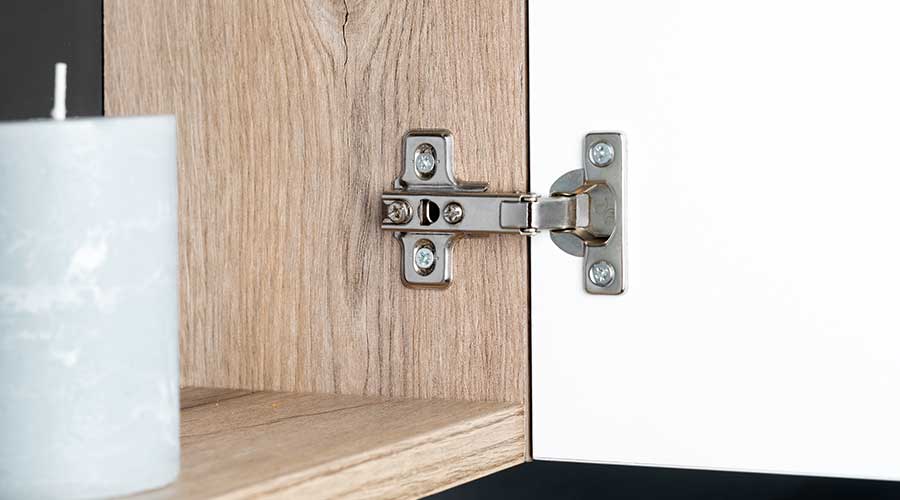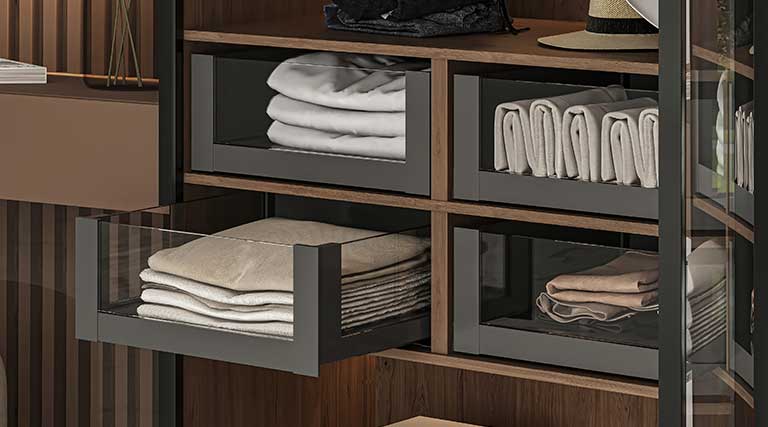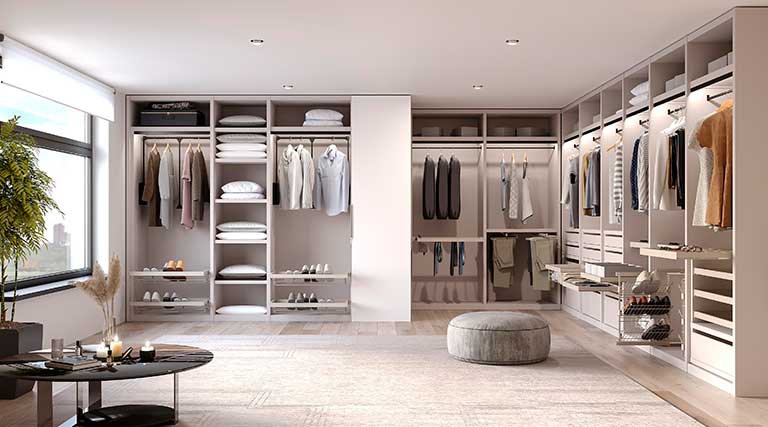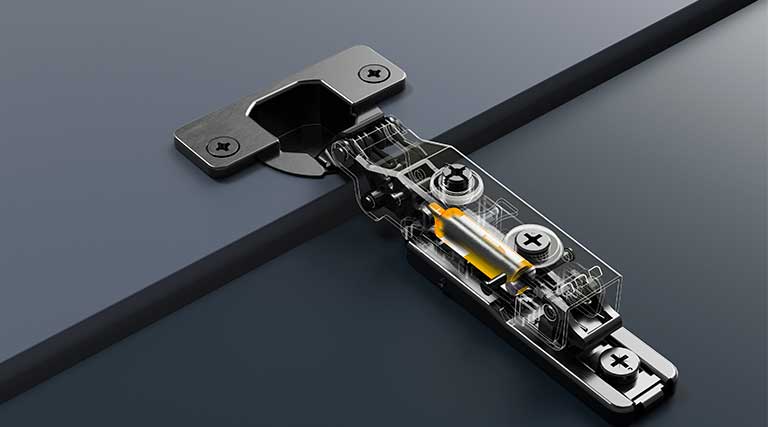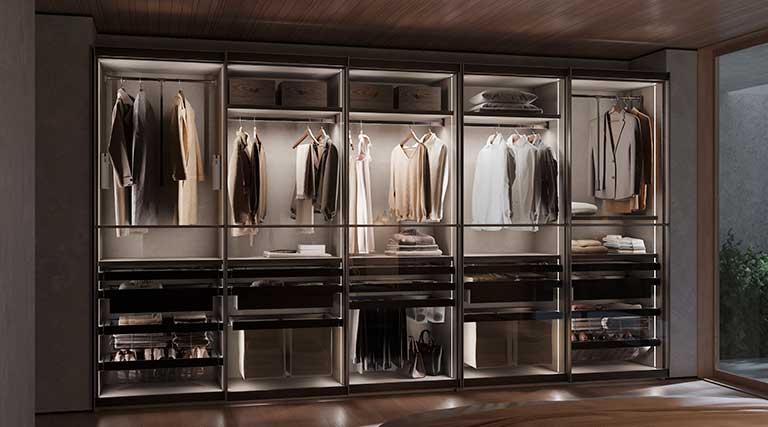Knowing how to choose hinges for home furniture can be quite an odyssey. If you have been in this situation, surely you know what we are talking about, because the variety of types and sizes can be overwhelming and with so many details that anyone would be lost when looking at a catalog.
But it is not as difficult as it seems. To choose hinges, you only need a guide, and this is precisely what we give you below. This way, you will be able to choose the right one for each situation and your doors will open in a perfect way.
How to choose hinges: what is a hinge?
Although it may seem redundant, we believe it is important to define in a quick way what furniture hinges are. These are nothing more than hardware that have the function of allowing the opening and closing of all types of doors, windows or similar, but also the articulation of various elements. This is what characterizes a hinge. However, they exist in an infinite number of shapes, materials, colors, finishes and other characteristics that make them suitable for different applications and decorative styles.Types of hinges
As we mentioned, there are many types of hinges. However, we will classify them by the type of mechanism they have and we will tell you about the most common ones you can find.Book-type hinges
These are the best known but not the most widely used for kitchen furniture today. Their advantage is that they are simple and easy to install. Nevertheless, they do not remain hidden, are not adjustable and do not have a soft close.Hidden hinges
This type of hinges has the special feature that they are embedded to hide most of them from the naked eye. They are usually used for small or lightweight doors in decorative furniture or with refined styles due to their discretion.Hinges for glass
If you have glass doors, these are the correct hinges to use, since this material should not be drilled. This type of hinge consists of a u-shaped piece of metal where the glass is inserted and held in place with a rubberized screw so as not to damage the panel. This part also has a pivot that is inserted into the base to allow the opening and closing of the glass sheets.Cup hinges
Cup hinges are the most popular and widely used hinges in home furniture today. This is due to their enormous advantages and their discretion because they are not visible from the outside of the furniture. Their advantages are:- They have an automatic closing at a certain opening angle
- May have soft closing
- Have a range of adjustment after installation
- Available in a variety of angles for multiple situations
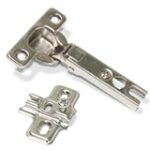
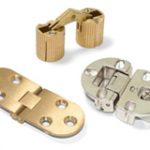
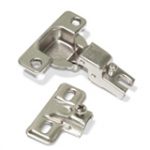
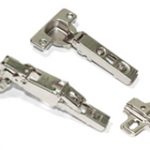
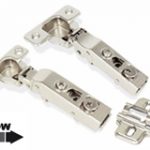
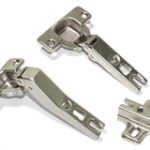
Types of cup hinges and use of each one
If, like us, you think that cup hinges are the best in normal conditions, you are on the right track. Besides, one thing we haven’t told you is what their different angles are for, and we are sure that you will be surprised by this. When installing kitchen cabinets, it is very likely that two drawers will have to use the same profile as a support for the door, and this can be a problem if hinges with elbows were not available.- Straight cup hinges: this is the simplest and is used when it is the only door that is fixed to the edge of the panel, since the sheet will occupy all its space when it is closed.
- Semi-angled cup hinges: this has a small elbow that allows two sheets to be fixed to the same edge of the furniture panel, since the angle allows the space it conceals to be divided in half.
- Angled cup hinges: when you need a door embedded inside the edges of the furniture, this is the right one, because its elbow allows it not to cover the panel.

